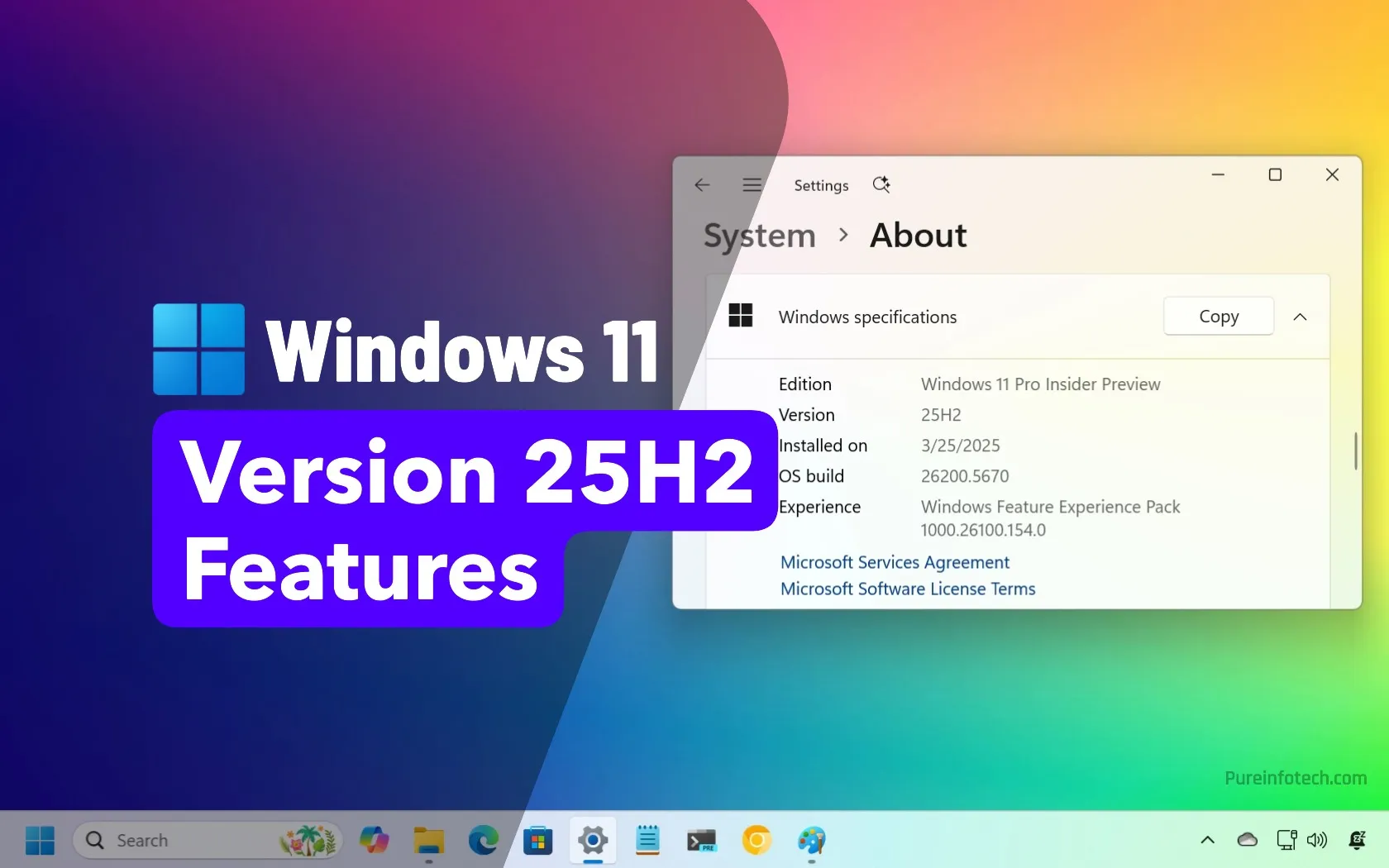Quantum mechanics might have the solution to joystick drift

The Nintendo Switch may be remembered as much for repopularizing portable gaming as it will for a hardware issue that affected millions of gamers: joystick drift.
Drifting is the most common term for an issue where joysticks detect false inputs — even when no one is touching a controller — causing unwanted movements to happen in a game. The issue also affects controllers from Sony, Microsoft, and third-party accessory makers.
Hall effect sensors emerged a few years ago as a potential solution to the problem, but there’s an even better option out there that’s easier to retrofit into existing controller designs. That solution is tunneling magnetoresistance, or TMR, a technology that revolutionized hard drives two decades ago using quantum mechanics and magnets.
Like Hall effect sensors, TMR sensors avoid the fundamental problem with more traditional joysticks: their sensors wear down as a matter of their design. The controllers that ship with the last few Xbox consoles, the PS4 and PS5, and the Switch are all built around sensors like this — potentiometers, a component that can be used to change or measure electrical resistance.
Solid objects rubbing against each other isn’t an ideal approach to longevity
As iFixit explained in 2021, inside the two potentiometers that are used to detect up-and-down and side-to-side movements in each joystick is a semicircular strip of carbon film with terminals at each end that pass an electrical current through it. As the joystick is moved, a component called a wiper slides back and forth along this strip, measuring the voltage where it makes contact. Since the voltage predictably changes across the length of the strip, the wiper’s voltage measurements can be used to accurately measure the movements of a joystick.
But solid objects rubbing against each other isn’t an ideal approach to longevity. That strip of carbon film inside a joystick’s potentiometer can wear down over time, affecting the flow of current and the accuracy of voltage measurements. Dirt on the film, either from moving components wearing down or dust and food crumbs finding their way inside a controller, can also contribute to inaccurate measurement and drift.
That’s why controller manufacturers are now turning to sensors that don’t rely on components rubbing together: Hall effect and TMR, both of which rely on magnetism instead. As iFixit explains, Hall effect joysticks replace resistive strips and wipers with magnets and sensors that never make contact, using a phenomenon first discovered by Edwin Hall in 1879.
Inside a Hall effect sensor is a conductive material called a “Hall element” that has an electrical current flowing through it. Normally, electrons flow straight through this conductor, but the presence of a magnetic field can interfere and divert the electrons to either side, like an invisible obstacle diverting the flow of water in a stream. As the magnet attached to the joystick moves closer and farther away, the Hall effect sensor measures the resulting voltage changes in the conductor. Those measurements are translated into movements in a game with more accuracy and reliability than you get with potentiometers, and without any wear and tear.
Hall effect sensors have been in use for over 50 years — and were even used by Sega in the Saturn 3D and Dreamcast’s controllers that debuted in the mid-’90s. GuliKit repopularized the use of Hall effect sensors in gaming hardware after debuting a controller with it at E3 2021. But they’re still not widely used in gaming hardware because potentiometer-based joysticks are cheaper to manufacture. They also have higher power demands, which is something controller manufacturers need to account for.
What makes the TMR effect useful in electronics isn’t the tunneling itself
The solution for that may be TMR sensors, which come out of more recent discoveries. In 1988, physicists Albert Fert and Peter Grünberg independently discovered a phenomenon called the giant magnetoresistance effect (GMR), which earned them both the Nobel Prize for physics in 2007. They found that the presence of a magnetic field applied to ultra-thin films made up of a conductor — such as copper or aluminum just a few nanometers thick — sandwiched between two magnetic materials would affect the direction of spin of electrons and their ability to easily flow from one side of the film to the other.
“If you put two magnets right next to each other… very close to each other with a spacer material, if the magnets on this one have a spin A and the same spin is on the other one, it’s easy for the electrons to move to the next one. But if the other one has a misaligned spin… the electrons want to move, but there’s no easy way to move the other electrons as well, and that causes a change of resistance,” Riyan Mendonsa, senior staff engineer at Seagate, explained to The Verge.
TMR works in a very similar way to GMR. The presence of a magnetic field aligns the spin direction of electrons, making it easier for them to flow from one side to the other. But while GMR uses a conductive material sandwiched between two magnetic layers, TMR, counterintuitively, uses an insulating material that acts as a deliberate barrier.
To flow from one side of the film to the other, electrons rely on a quantum mechanical phenomenon called quantum tunneling to pass through that in-between insulator. The idea of particles passing through a barrier they shouldn’t be able to is not easy to wrap your head around, but it can happen when certain materials — such as aluminum or magnesium oxide — are just a few atoms thick. And thanks to physicists like Erwin Schrödinger, the phenomenon isn’t a complete mystery. We have equations that can accurately predict when it will occur.
What makes the TMR effect useful in electronics isn’t the tunneling itself. It’s that adding and removing a magnetic field produces a measurable change in resistance. For years, hard drives relied on read heads with a design similar to the wire coils used in speakers and microphones, according to Mendonsa. In 2005, Seagate adopted TMR technology in read heads, which could not only be made much smaller but also were far more sensitive at detecting the presence of a magnetic field.
“TMR sensors generally have higher sensitivity and more linear response compared to Hall effect sensors.”
This allowed the magnetic bits on hard drives to also be made much smaller, dramatically increasing the density and storage capacities of 2.5-inch drives to 120GB. Various forms of TMR technology are expected to still be used in hard drive manufacturing for years to come.
Although the underlying science is different, Hall effect and TMR sensors can both be used to detect a joystick’s movements through the use of non-contact magnets, but TMR sensors have some key advantages.
“TMR sensors generally have higher sensitivity and more linear response compared to Hall effect sensors,” says Jack He, GuliKit’s business director. That could allow for the use of smaller magnets, making TMR joysticks easier to manufacture. But leveraging the higher sensitivity for improved joystick accuracy will depend on manufacturers and the hardware they use. “The resolution mainly depends on the sampling precision of the backend MCU, and is not closely related to the joystick itself,” says He.
Compared to Hall effect sensors, TMR sensors typically have lower power consumption, but the advantage there isn’t improved battery life. “The original design of Sony, Microsoft, and Nintendo game controllers uses traditional resistive film joystick technology with a constant power supply design, with a power capacity limited to about 1 mA,” He says. Hall sensors can consume anywhere from 0.5mA to up to 2mA of power, while TMR sensors only consume between 0.1mA and 0.3mA. This allows joysticks with TMR sensors to be installed on current controller hardware “as a perfect 1:1 replacement without any other circuit modifications.” That could help speed up adoption and bring down the price of the technology by simplifying manufacturing.
TMR sensors also offer more performance stability over a wider temperature range — an advantage that’s especially useful for a product often being gripped by warm hands for several hours.
Although the TMR technology hasn’t yet been adopted by companies like Nintendo, Microsoft, and Sony, there are several third-party manufacturers already selling gamepads with TMR joysticks, including PB Tails’ Crush controller, GameSir’s Tarantula Pro, and 8BitDo, which uses it in its new Ultimate 2 controller. In 2024, GuliKit was the first company to release upgrade kits bringing the TMR technology to PS5, PS4, Xbox, and Switch controllers.
But it will still be a few years for TMR technology to become mainstream in gaming hardware. “TMR sensors are often more expensive than traditional Hall effect sensors, especially in smaller volumes,” He points out. “However, as TMR technology matures, the cost difference is expected to decrease.”
Source link









